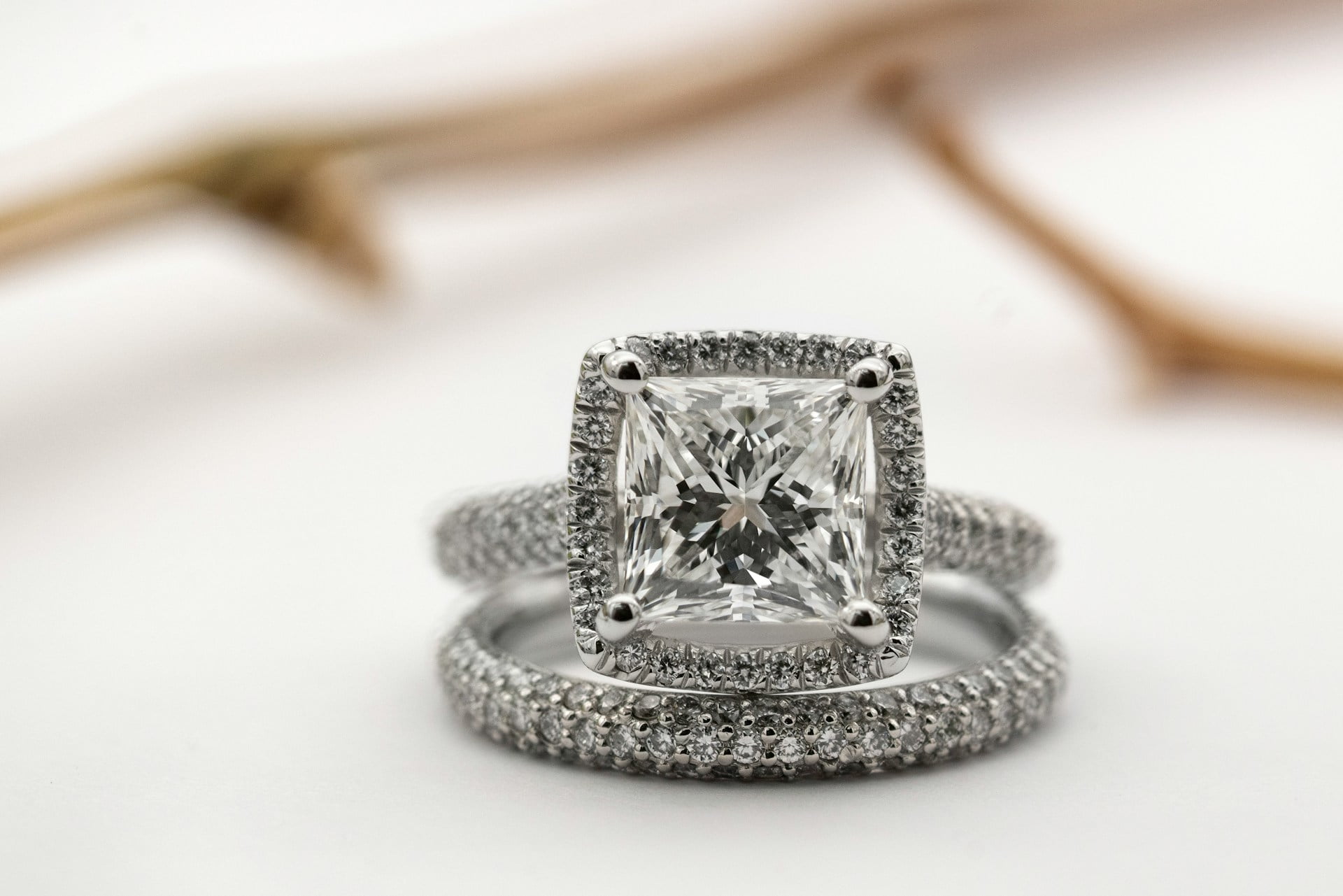

Affordable Luxury of 2 Carat Lab Created Diamond Rings: The Perfect Blend with Electronic Dance Music
Did you know that diamonds, as well as being mined in the traditional way, can also be created in a laboratory? Identical in appearance, these lab-grown gems can be the more affordable—not to mention more socially responsible—alternative. If you’re thinking of buying your loved one a ring that will truly blow them away, but without breaking the bank, then lab-grown diamonds are the way to go.
Why a 2 Carat Diamond?
If you’ve ever held a 2 carat lab grown diamond ring in your hand, then this question answers itself: a gemstone of this size is the tipping point between a ring that’s loved by the person who wears it and a ring that’s noticed by everyone they meet. Just visit Best Brilliance and compare the 2 carat options to others.
An engagement ring with a 2 carat diamond would easily be the envy of all the bridesmaids, and make the bride-to-be feel like a true princess. It’s a big statement and, for the person buying it, it’s also a big financial decision. So how can you maximize the value for money, without compromising on the beauty of the ring?
Lab-Created Diamonds
Despite being known as ‘synthetic’ or ‘man-made’, these gemstones are not inferior to the diamonds that are naturally formed within the Earth’s crust. They have exactly the same chemical composition, crystal structure, and physical properties. Their optics are the same, too: they are composed of carbon atoms arranged in a crystal lattice structure, which gives them their brilliance and hardness. They are also assessed for quality and graded in the same way as the traditionally mined diamonds. The process is rigorous: it involves assessing their color, clarity, cut, and weight expressed in carats (a carat equals 200 milligrams—there are 5 carats to a gram). The famous ‘four Cs’ scale, developed by the Gemological Institute of America to grade natural diamonds, is used for laboratory-grown ones, too.
The Dance of Diamonds and Electronic Beats
Just as lab-created diamonds offer a modern, sustainable twist on traditional luxury, electronic dance music (EDM) has revolutionized the music scene, blending technology with artistry to create a genre that’s both innovative and exhilarating. Imagine proposing with a stunning 2 carat lab-grown diamond ring at an EDM festival or an intimate dance club—where the pulsating beats and dazzling lights perfectly complement the sparkle of the diamond.
Much like the energy and vibrancy of EDM, a lab-grown diamond encapsulates the spirit of contemporary luxury—brilliant, sustainable, and cutting-edge. The creation process of lab-grown diamonds mirrors the production of electronic music: both involve advanced technology, creativity, and a passion for perfection. DJs and music producers meticulously craft their tracks, layering sounds and beats to create an immersive experience, while scientists and gemologists carefully cultivate diamonds, ensuring each gem is flawless and stunning.
The Cost of Diamonds
Why are lab-grown diamonds often less expensive than mined ones? One way to answer that is to ask why natural diamonds are so expensive.
The main reason, of course, is their rarity. Because it takes millions of years and very extreme conditions—high pressure and temperature—for diamonds to be naturally formed within the Earth’s mantle, their formation is quite rare and this makes them scarce compared to other gemstones. Added to this is the mining process: from machinery and labor to exploration and excavation, it is costly and fraught with difficulties. Diamonds are also subject to market forces and are in high demand as luxury goods; they are even seen as financial assets as they can appreciate in value over time.
Bearing in mind the factors above, it becomes easier to see why laboratory-created diamonds are more affordable—but this affordability doesn’t result in any decrease in quality.
The Affordable Solution
The way synthetic diamonds are made leads to lower production costs: the extreme conditions needed for the formation of natural diamonds are reproduced in a laboratory. Once the initial outlay for equipment and technology is covered, the ongoing cost of diamond synthesis is much lower than that of mining. The source-to-market journey is much shorter: naturally formed diamonds need to be mined, processed, and transported from the mine to the consumer. They are often shipped from country to country, involving middlemen and distribution companies. Laboratory-created diamonds have a much shorter supply chain and the savings achieved this way are passed on to the consumer through the lower price.
Competition: in the context of naturally formed diamonds, ‘competition’ usually means an increase in price. In other words, because they are rare, the cost of mined diamonds is inflated by the high demand and relatively low supply. In contrast, competition when applied to lab diamonds means that their popularity has led to an increased number of producers who now compete with each other for the consumers’ business. This increased availability has led to lower prices and more affordable luxury for the average buyer.
And last but not least, transparency of the pricing process: because the price of a naturally mined diamond is subject to so many variables, from an individual diamond’s rarity to market conditions at any particular time, there is often very little transparency in exactly how the price is arrived at. The synthetic diamond producers work within a more stable and predictable environment, hence their pricing also tends to be less of a mystery!
Quality Without Compromise
In times past, the selling and buying of diamond rings was a relatively simple process: a buyer would go to a jeweler they trusted and would buy the ring that most appealed to them within the price bracket they could afford. Certification was not needed and, in fact, the first certification lab in the US didn’t appear until the 1930s.
Nowadays, the trading conditions are very different and many diamond rings are bought online. It is now imperative that an independent certificate is made available for any diamond, including laboratory-grown ones. This will ensure that the quality claims made by the seller are true, and you can enjoy your luxury purchase with peace of mind.
Just like an unforgettable night at an EDM concert, a lab-grown diamond ring offers a dazzling experience that won’t fade with time. The combination of advanced technology, ethical production, and stunning beauty makes these diamonds a perfect match for those who love the cutting-edge vibes of electronic dance music. So, whether you’re on the dance floor or down on one knee, let your love shine as bright as a lab-created diamond under the electric lights.


- AVALAN ROKSTON Cover Interview
- Raver Passport: Summer Destinations
- Baleric Beat: A Brief History of Ibiza's Iconic Sound

